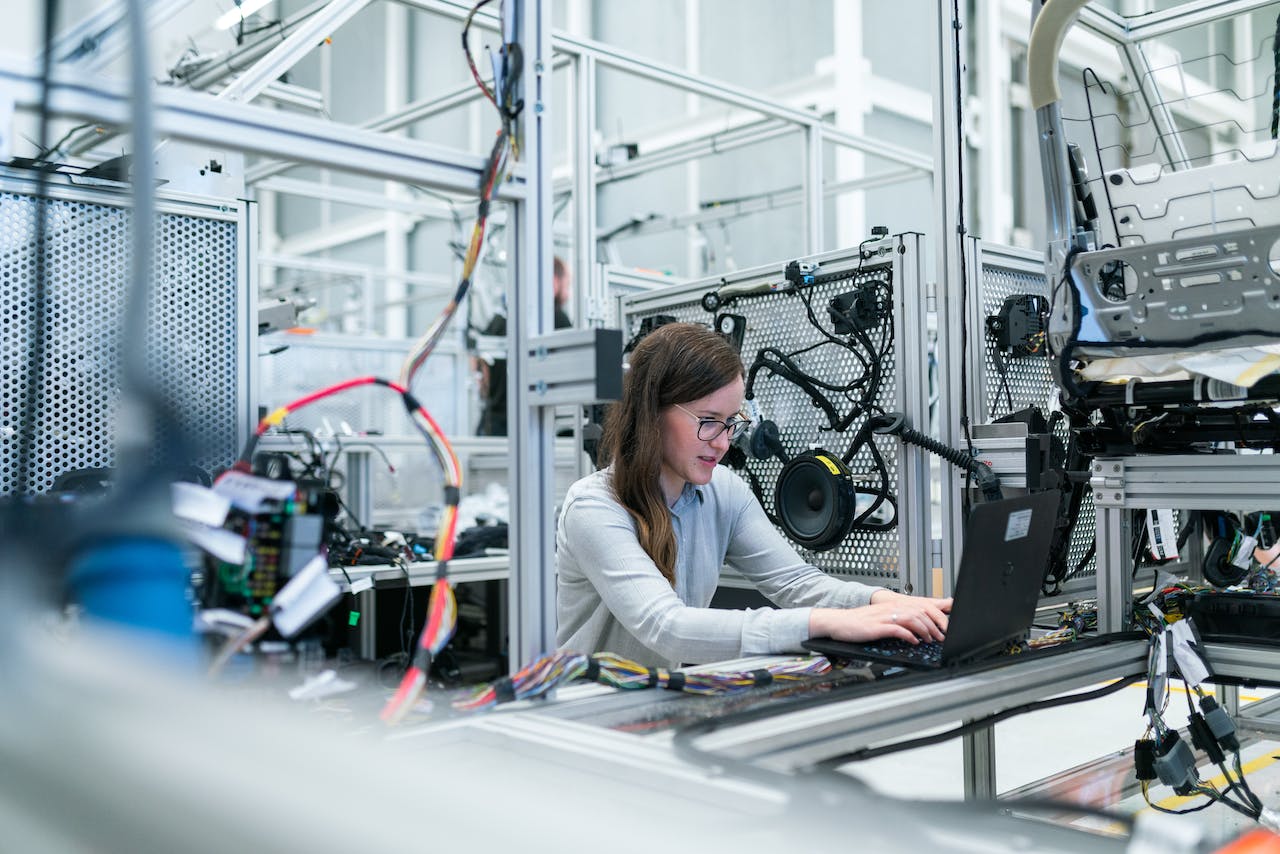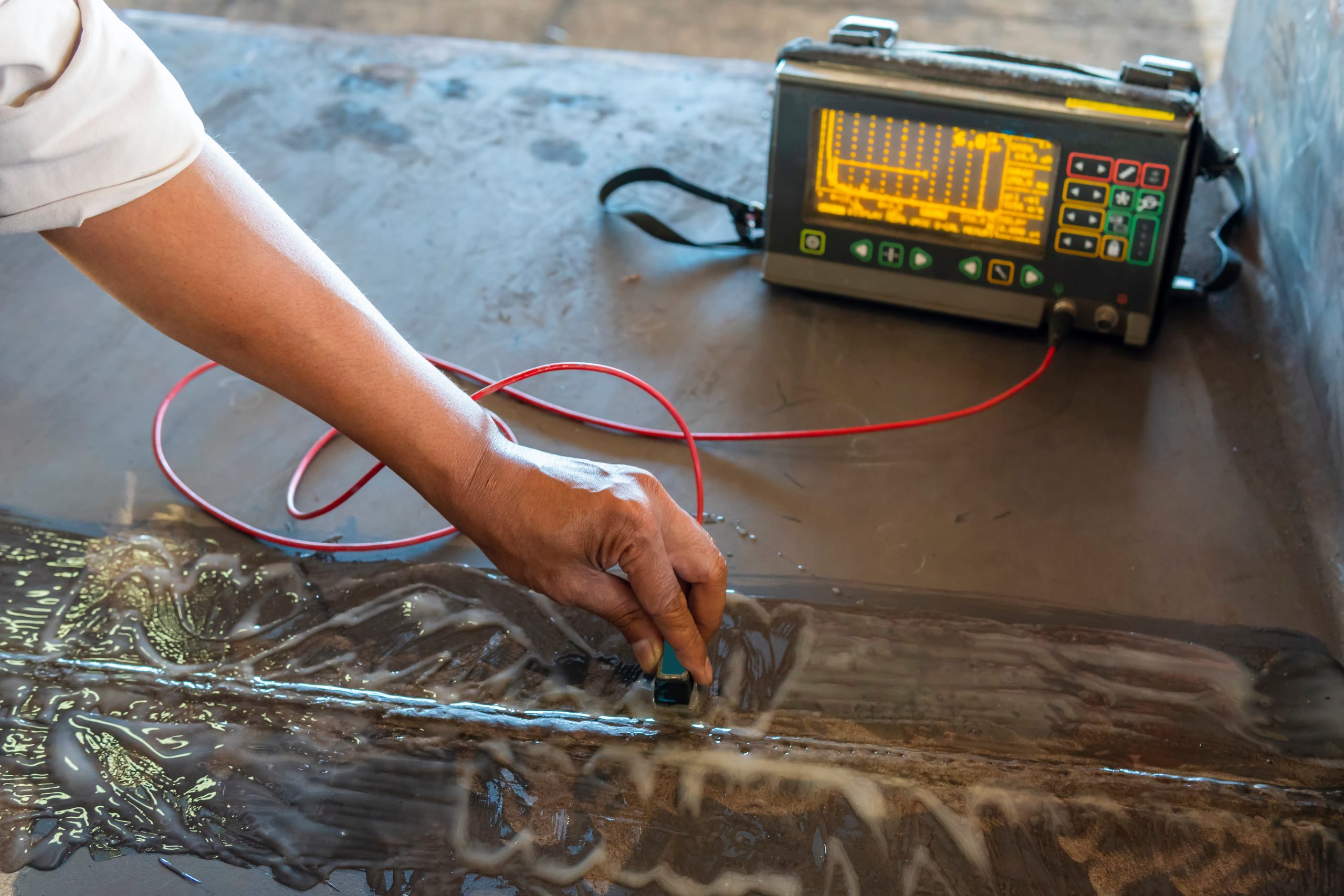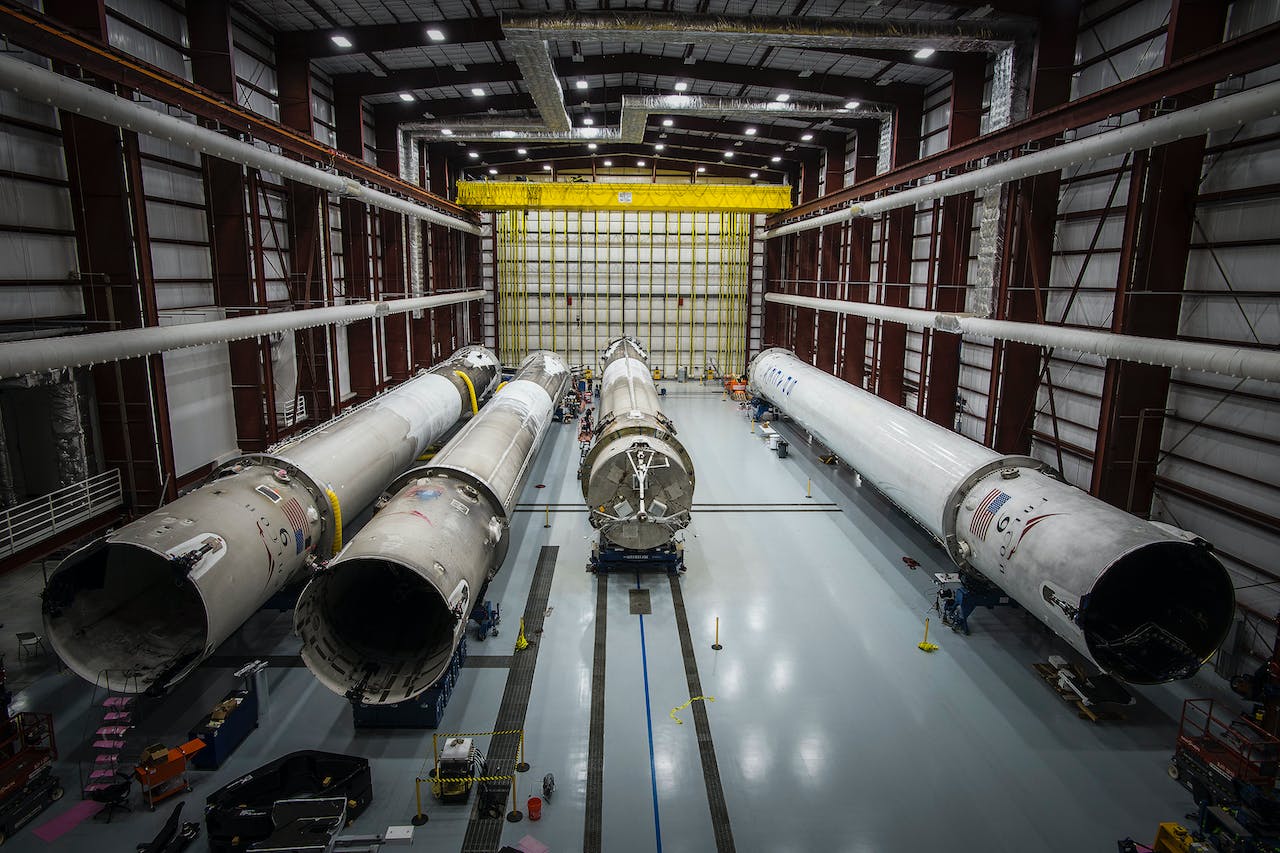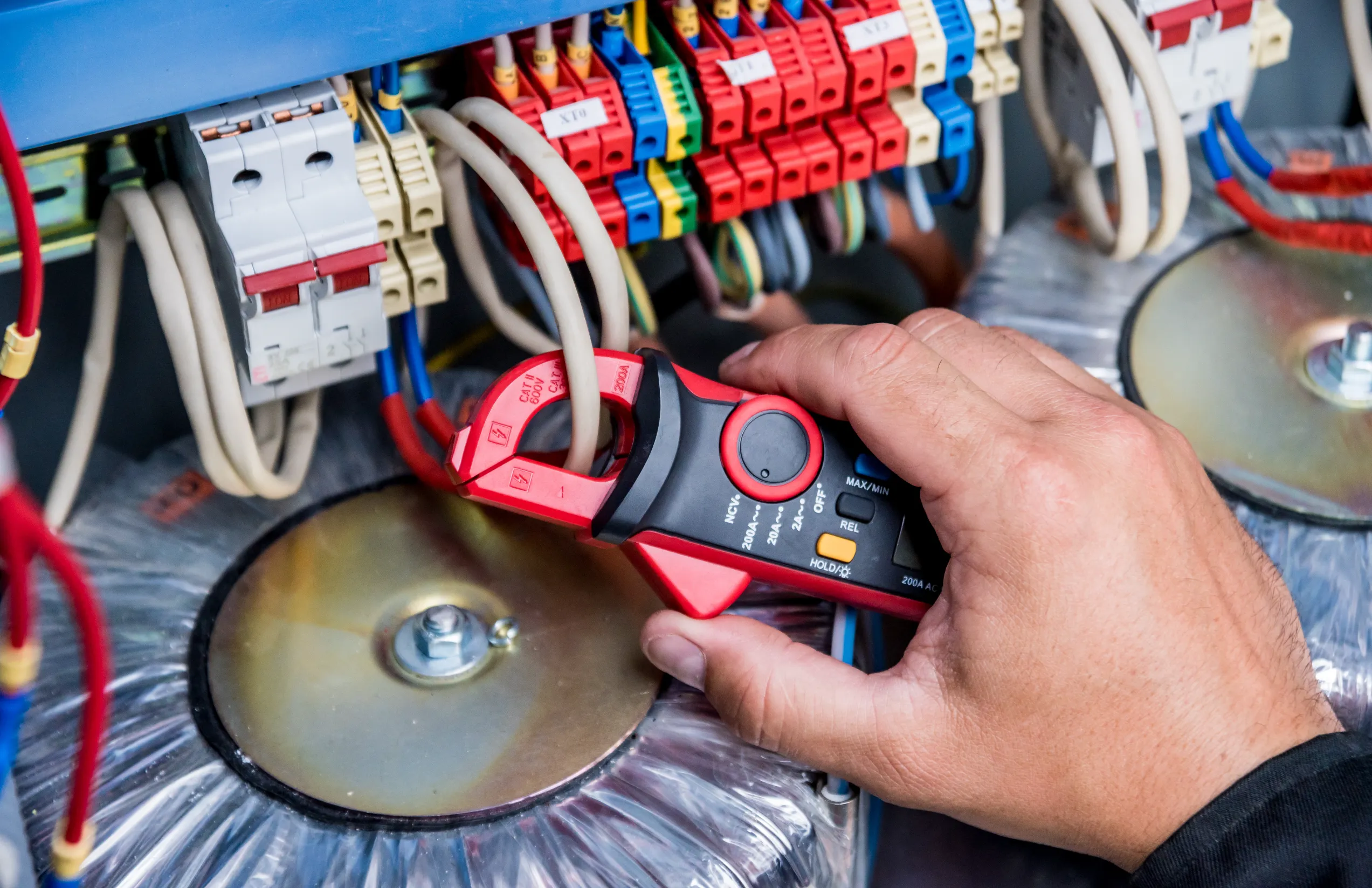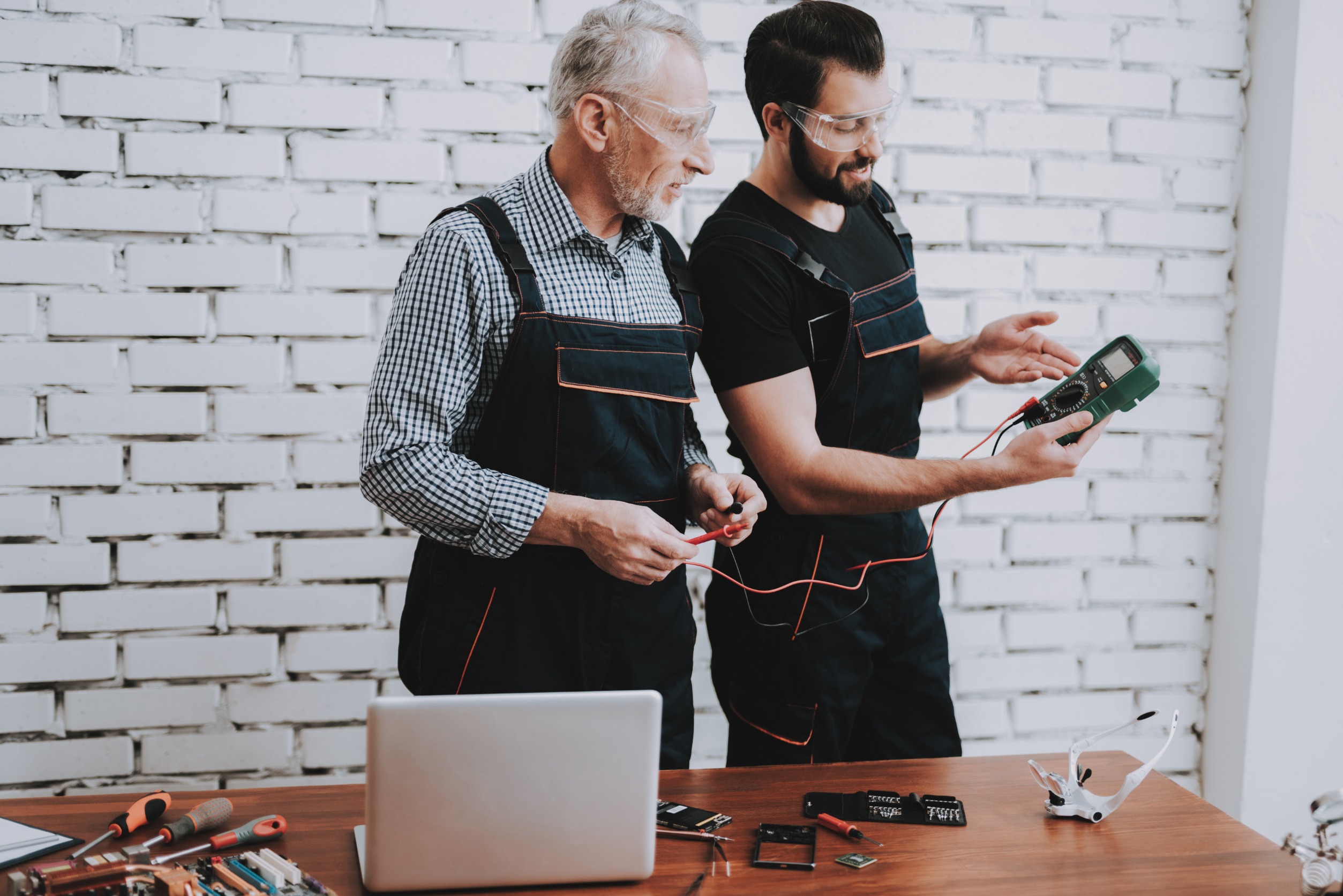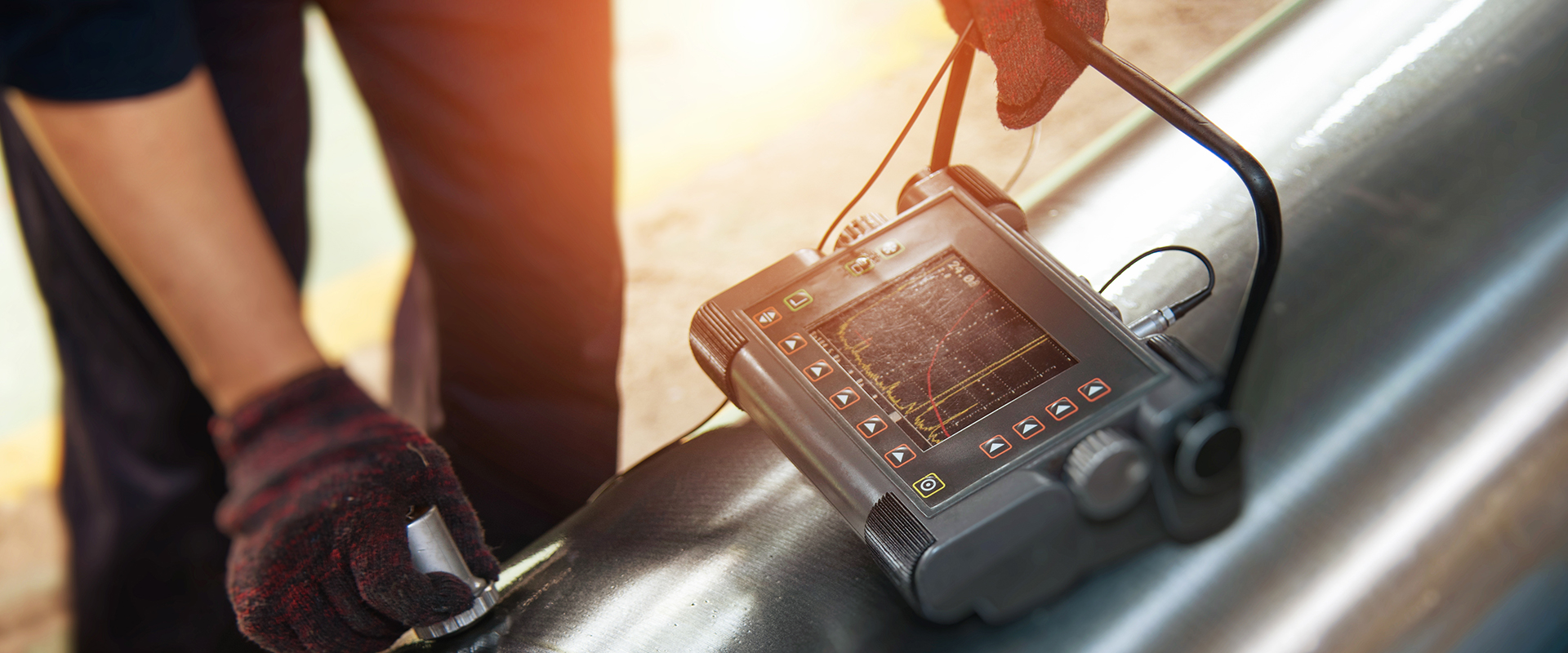The Future of Nondestructive Testing: Emerging Trends and Innovations Exploring AI, Automation, and Industry 4.0 in NDT In today’s rapidly evolving technological landscape, the field of nondestructive testing (NDT)...
Choosing the right Nondestructive Testing (NDT) training program is essential for long-term career growth and success in the industry. National Inspection Academy’s comprehensive NDT courses provide students with the...
Unlock Your Potential In The Top NDT Industries That Are In High Demand Top Industries Driving Career Growth for NDT Professionals Nondestructive testing (NDT) ensures products’ and materials’ safety,...
Entering the nondestructive testing (NDT) field can be an exciting journey filled with abundant opportunities for growth and development. With numerous aspects to consider, such as training, certification, and...
Nondestructive Testing (NDT) professionals play an essential role in ensuring the safety, reliability, and efficiency of structures and equipment across various industries. With a vast range of NDT techniques...
Discover the crucial soft skills every NDT professional should master to excel in the nondestructive testing industry in this guide from National Inspection Academy. While technical expertise is undeniably...
FOR IMMEDIATE RELEASE Baxter, MN – The National Inspection Academy, a Minnesota-based non-profit organization, is delighted to announce the commencement of its exceptional nondestructive testing (NDT) training programs. Welcome...
Are you considering a career in nondestructive testing (NDT)? If so, you’re in the right place. Welcome to the Ultimate Guide to Nondestructive Testing Careers, where we’ll take you...
This is why you should be apart of your local ASNT Section. The Minnesota Section did a tour of the Valley Fair Amusement Park and it was amazing! If...
Step-by-Step Guide to Launching a Successful Career in Nondestructive Testing (NDT) From Training to Certification: The Path to Becoming an NDT Specialist Embarking on a successful career in Nondestructive...

